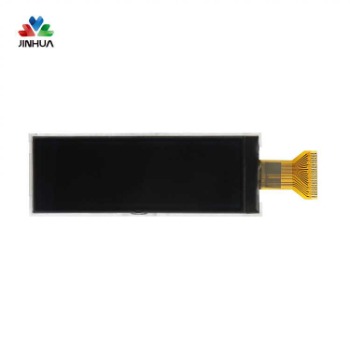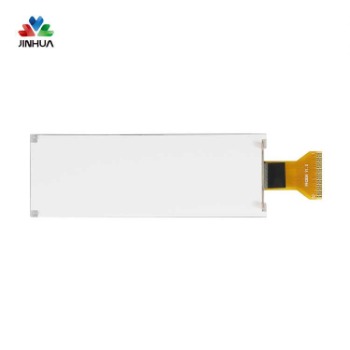Contrast is one of the main factors affecting the display effect of LCD screens. The so-called contrast ratio refers to the ratio of bright areas and dark areas in the LCD screen. For a monochrome display, the higher the contrast, the clearer the display, while for a color display, the higher the contrast, the more vivid and lifelike the image. There are two main contrast parameters of LCD screens, one is the typical value, and the other is the maximum value. The maximum value is often an instantaneous value and is not representative. Only the typical value has reference value. At present, the contrast ratio of mainstream LCD screens is generally at the level of 400:1 to 600:1, and good ones can reach 1000:1 or even higher. If the contrast of the LCD screen is too low, it will be difficult to see the displayed content clearly.
Different application fields have different contrast requirements for display screens. The contrast ratio of ordinary monitors is: 300:1~400:1. The requirements for LCD of medical equipment are higher, mainly between: 600:1~1000:1. The display screen used for medical equipment does not have many requirements for color display, and mainly expresses gray. The degree between black and white in an image. The contrast of the LCD screen directly affects the gray level and color level in the image. An increase in the contrast will make the image more layered and the light and dark areas obvious, which means that the user can more easily see the image in a dark scene. . How to improve the LCD screen? There are several ways below.
Optimize LCD display voltage
This solution is the most economical. For customized TFT LCD displays, different viewing angles require different driving voltages. If the voltage is too low, the LCD screen will be dim. When the voltage is too high, the LCD screen will display non-selected segments (ghosting). Therefore, when discussing the best contrast, we must first determine the voltage and improve it by optimizing the voltage. LCD contrast ratio.
Improving LCD panel technology
The contrast of the LCD display can be improved by improving the panel technology of the LCD display. Displays using TN panels have relatively low contrast. IPS and VA technology can be used, that is, LCD displays using IPS panels and VA panels. This can The contrast ratio of the LCD screens of both panels is much higher than that of TN.
Use better polarizers
The higher the polarization efficiency of the polarizer, the better the contrast of the COG LCD display. The effect is most obvious for the negative display. If the polarization degree of the polarizer is changed from 98% to 99%, the contrast of the negative LCD display can be changed from 98% to 99%. 45 increases to over 1000, while positive contrast can be increased from 7 to 10. For ambient light, the more reflective the polarizer is, the better the contrast; with backlight, the more transmissive the polarizer is, the better the contrast is.
Apply a good directional layer
The initial alignment of liquid crystal molecules in an LCD screen determines the contrast, response time, viewing angle and other properties of the display, and the alignment layer material can induce a uniform alignment of liquid crystal molecules. The new soluble polyimide uses high-quality friction fiber and high-quality friction equipment to evenly arrange the liquid crystal molecules, thereby improving the contrast of the LCD screen.






 English
English Deutsch
Deutsch русский
русский español
español العربية
العربية



 IPv6 network supported
IPv6 network supported
